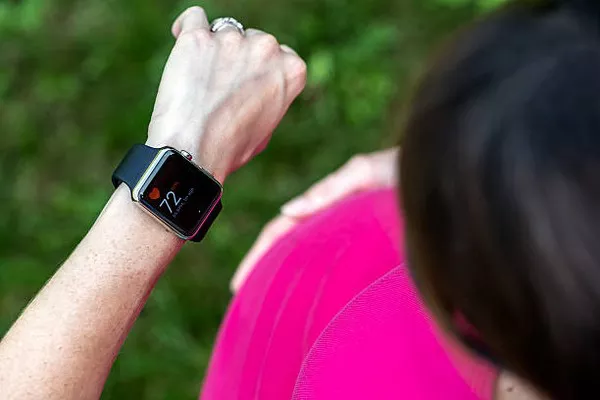The Apple Watch has been credited with saving lives on numerous occasions, and a recent story highlights its impact once again. Rachel Manalo, a pregnant woman, used the Apple Watch’s ECG (electrocardiogram) feature to detect a serious health issue, potentially saving both her and her baby’s lives.
A Life-Saving Detection
At 18 weeks pregnant, Rachel Manalo experienced persistent symptoms of a racing heart and extreme fatigue. Concerned, she decided to use her Apple Watch to conduct an ECG, which measures the electrical activity of the heart. Manalo reported her heart rate was consistently around 150 beats per minute for over 40 minutes, and the ECG result was inconclusive.
“The Apple Watch prompted me to see a doctor,” Manalo said. “I followed the advice and went for a check-up.”
Medical Diagnosis
Dr. Nguyen, who treated Manalo, diagnosed her with ventricular tachycardia—a condition where the lower chambers of the heart beat rapidly, causing insufficient oxygen in the blood. “This condition can lead to a heart attack if left untreated, especially given her pregnancy,” Dr. Nguyen noted.
While the Apple Watch’s ECG function doesn’t replace a comprehensive medical examination, it served as a crucial indicator that led Manalo to seek medical attention. The data collected by the watch proved invaluable in her diagnosis and treatment.
Apple Watch ECG Feature
The ECG feature is available on Apple Watch Series 4 and later models, excluding the SE versions. It provides users with a way to monitor their heart health and receive alerts for abnormal rhythms, although it is not a substitute for professional medical evaluations.
Conclusion
Rachel Manalo’s story underscores the significant role wearable technology can play in health monitoring. By utilizing the Apple Watch’s ECG feature, she was able to detect a potentially life-threatening condition early, leading to timely medical intervention and a healthy pregnancy. This incident highlights the importance of integrating technology with healthcare to enhance preventive measures and outcomes.

